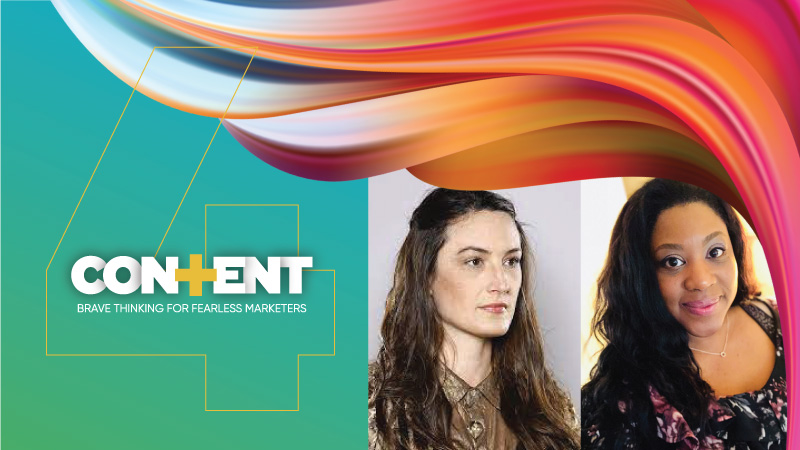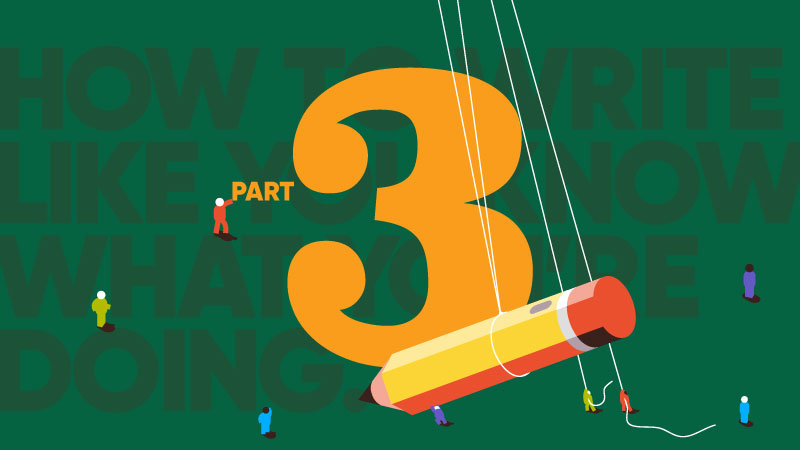Content+ travels to the Sundance Film Festival. Pace executive producer Brian Bowen talked with film director and storyteller Aric Avelino, director of the film American Gun, about getting dragged to the opera as a kid, writing screenplays in high school, and how he sold a film at Sundance.
Brian: What are you drinking tonight?
Aric: Whiskey neat. A lot of great conversations are held over drinks that you have to sip and savor. Scotches, whiskeys, things you can smell, taste and feel while you drink them.
Brian: Great choice! Well, let’s get started.
Becoming a Storyteller
Brian: When did you become a storyteller in your mind, and when did you begin to produce and direct film? How did that happen?
Aric: When I was growing up, I was always artistic, I was always creative as an only child, and I had some great opportunities because of my parents.
My mom would drag me to the opera, my dad to various museums. I experienced things, traveled to places and met people that rounded out my perspective and influenced me creatively.
Professional filmmaking came in to view when I visited a set where my mom was working as a food stylist. I saw this team of people working to create beautiful images and tell a mini-story. It was the first time I realized people got paid to make commercials and movies, that you could do that for a job.
I started writing screenplays when I was in high school. I didn’t know what I was doing, but I had already been shooting for years and making movies with my friends, so I had a sense on how to tell a story.
I’m thankful for my parents because exposing me to so much gave me something that I think helps me to this day, which is an understanding of people’s experiences outside of my own, and every single story that I tell, everything that I work to do is an expression of that.
Crashing Sundance
Brian: We originally met at a past Sundance, and you’ve been a few times. Tell me about your experience with the festival.
Aric: So here’s my Sundance story. My film, American Gun, was never in competition at the Sundance Film Festival, but it was because of Sundance Film Festival that it was sold. We had been working three years to get this movie going, and Sundance helped make that happen.
I started writing the story when I got out of film school. I was trying my best to write a good script, and to get a foothold in the industry. A good friend of mine, Ted Kroeber, who had been my producer in college, helped me. One of the ways we made new connections was through Sundance.
We attended Sundance for a number of years, and this particular year, we had worked really hard to get our actors lined up, and we had a great partnership in CAA, Creative Artists Agency, and we got a meeting at Zoom on Main Street (a restaurant owned by Robert Redford). My producer was there. Forest Whitaker, who was lined up to star in and executive produce the project was there. A representative from CAA was there, and, IFC Films was there. We only had 15 minutes to pitch.
IFC wasn’t originally looking to buy anything, but in the course of those 15 minutes, I pitched the film, and they cancelled their next meeting to stay.
After the pitch, they invited us to a party. At the party, I was introduced to Jeff Skoll, who, at the time, was starting up Participant Productions. I submitted American Gun to him as a writing sample a week later. Both IFC and Participant Productions ended up co-financing the film.
It all happened because of that one day at Sundance.
Travel Like Hemingway
Brian: Tell me about your creative process and how you develop your work. How do you exercise your creative muscles?
Aric: The main thing that sparks my creative process is inspired by a quote from Hemingway: “the world is a book, and those who do not travel read only a page.”
Nothing has been more helpful in my commercial work than traveling and seeing the world. I started taking short trips to these different places, and it was amazing.
Nothing has been more helpful in my commercial work than traveling and seeing the world.
After taking that step, I realized I’d only lived in southern California most of my life, so I moved to Portland, then to New York. I stayed in Berlin five weeks, and those five weeks in Berlin especially have been a big influence on my work this year.
From a creative standpoint, when you show up in a new city, you get to admire the architecture. You get an appreciation for new artists. You go to different museums and you learn its history, and then you take all those things and you infuse them into your work. It’s amazing. It even affects the kinds of lenses that you choose to use when you shoot something.
Brian: Absolutely.
Predicting The End of “Straight Ahead and Sail”
Brian: You mentioned looking through different lenses. How does emotion play a role in your creative process and your storytelling?
Aric: There are a couple of companies I work with that hire me on as a director. One thing I always say when I sit down is “if I believe in it then I can sell it.” If there’s a concept or an idea that I feel from my core, then all we have to do is put me in the room, and then it just starts going. If I can find a moment that’s relatable, in which I feel I’m expanding the universe of the viewer, then it’s something that gets me really excited.
Especially nowadays, so many of the things that we’re doing are no longer straight ahead sail. It’s lifestyle pieces, right? With social media, so much of what we do is a lifestyle piece, and in order to articulate this lifestyle piece, you have to show the human experience.
It’s easy from an emotional standpoint to grab onto that. What I’m searching for in everything is for the camera actually to take you to this intimate place, so when you’re watching, whether on your phone, or on television, or on your computer, you have an emotional connection to this person’s moment, which makes you either aspire to them, to do what they did, or just understand things from a different perspective.
Does that make sense?
Brian: Yeah, no, I love it. Nowadays, it’s half true, in my opinion. Half the truth is, anybody can pick up these devices and press record, but there’s still, in my humble opinion, an art to storytelling. It doesn’t matter if you’re using your iPhone, or if you’re using an Alexa, or a Red Dragon, and you have a crew of 50 people. The idea is—like you said—you’re taking this craft that you, over time, continually exercise and sharpen, and you’re getting your point of view and you’re telling a story.
Aric: Exactly.
Brian: I think that there’s still an art to the story, so to speak, and each person can have their own tools to get there, and their own magic, but I think that people have to remember, that there is an art to it. It’s not just a whiz-bang and it’s done all the time.
Aric: Yeah. I agree.
Even If You Can’t Play Music, Write a Song
Brian: You’ve mentioned in a past conversation you are a part of a creative collective – Shephard/House Studios. Can you tell me about that?
Aric: One morning, I got tired of waiting for permission, and just wanted to make a song. I’m not a musician by any means at all, but I just sat down and I found some software, and I started making music.
Shephard/House Studios is a commitment to continue to create, always. Whether your client is paying you to do something for them, or it’s something that you wake up in the morning and decide to do.
What’s great is it ends up being a testing ground for a lot of the work that I do for clients. In terms of branded media, it gives you an opportunity to try things before you have to try them on somebody else’s dime.
The Next Generation: Listen Up
Brian: As a successful filmmaker and storyteller, do you have any advice for the new generation of creatives coming up now?
Aric: There’s something that I learned when I was in school from one of my mentors, Steve Duncan, at Loyola Marymount: you always have to be flexible.
When I sit down with a client, I read what their emotional interests are. What the brand is. What they’re trying to say. You have to be able to be observant enough to turn the corner.
When I sit down with a client, I read what their emotional interests are. What the brand is. What they’re trying to say.
I’ll come in to a meeting with an idea, and then I’ll listen to a client talk about something, and then may end up pitching a different idea right there on the spot based off of what I’m hearing. If you get the temperature right of your client, then that gives you so much freedom.
Especially in a series, you want, as an artist, to be able to change things up. You want to make it compelling for the viewer so that when someone goes and clicks on a webpage, they don’t see the same images, the same lenses, the same colors. I want it to seem like you’re getting a different style in each episode I direct.
We did Fox Sports and Buick pieces called the “Buick Human Highlight Reel,” and I would challenge myself to come up with a different style every single time.
I guess the message for future generations would be pay attention to . . . not so much what your client is directly asking for, but the emotional chord that they’re looking to demonstrate in the content.
This question makes me think of our last day of American Gun. We shot on the West Side of Chicago and we showed up in a neighborhood where our location scout was scared to even get out of her car. We came with all of our trucks and all of our crew, and the neighborhood shut down the street. All the children came out to watch.
I was sitting on the ground in the middle of the street in Chicago, and I was watching these two actors perform, and I had these kids sitting in back of me watching my clamshell monitor as I was calling cut. At the end of the shoot, their parents thanked me for coming to this neighborhood and exposing them to this, and showing them, as a black filmmaker, that this was a possibility for them.
I had that opportunity when I was a kid, and was so grateful to pass that same experience on to a new generation. It meant a lot.




